Subtotal: ₹190.00
Adaptor, Port Converter, Port Converters
USB TO PS2 ADAPTOR CONVERTER CABLE
- Purpose: Enables connection of PS/2 peripherals (keyboards/mice) to USB ports, or USB peripherals to PS/2 ports.
- Bus-powered (no external power needed), Plug & Play.
- Compact and portable design.
₹125.00 ₹150.00
Bulk Quantity Discounts!
1 - 4
pieces
₹125.00
5 - 9 pieces
₹100.00
(20% off)
10 - 19 pieces
₹90.00
(28% off)
20+ pieces
₹80.00
(36% off)
A USB to PS/2 adapter converter cable is a device that allows you to connect older PS/2 peripherals (like keyboards and mice) to computers that only have USB ports, or conversely, connect USB keyboards and mice to systems with only PS/2 ports.
General Description:
- Purpose: To bridge the compatibility gap between USB and PS/2 interfaces. PS/2 ports were a standard for keyboards and mice on older PCs, while USB has become the prevalent standard on modern computers.
- Physical Appearance: These adapters can vary in form.
- Dongle/Small Adapter: Often a small, compact piece with a USB-A male connector on one end and a PS/2 female port (or two, for both keyboard and mouse, typically color-coded purple for keyboard and green for mouse) on the other.
- Cable with Adapters: Some versions are actual cables with a USB connector on one end and one or two PS/2 connectors on the other.
- Functionality: They convert the electrical signals and protocols between the two standards, allowing communication between the different types of devices and ports.
Key Features:
- Plug and Play: Most USB to PS/2 adapters are designed to be plug-and-play, meaning they don’t require additional drivers for basic functionality on modern operating systems.
- Compact Design: Often small and portable, making them easy to carry and use.
- Passive vs. Active:
- Passive Adapters: These are simple adapters that only work if the USB keyboard or mouse itself is “dual protocol,” meaning it’s designed to also understand and output PS/2 signals. Many older USB keyboards and mice had this capability, and often came with a small passive adapter. These adapters essentially just re-route the pins.
- Active Adapters: These adapters contain internal circuitry (a chip) that actively converts the USB signals to PS/2 signals (and vice versa). This makes them compatible with a broader range of devices, even if the device itself isn’t dual-protocol. Active adapters are generally more reliable for universal compatibility.
- Dual Port Options: Many adapters offer two PS/2 female ports (one for keyboard, one for mouse) on a single USB male connector, allowing you to connect both peripherals simultaneously.
- Bus Powered: They typically draw power directly from the USB or PS/2 port, eliminating the need for an external power supply.
Durability: Made with various materials, often plastic housing for the connectors and standard cable materials.
Compatibility:
- Operating Systems: Generally compatible with a wide range of operating systems, including Windows (various versions), Linux, and macOS.Device Compatibility (Crucial Point):
- USB to PS/2 (Connecting a USB device to a PS/2 port): This type of adapter is primarily useful for connecting newer USB keyboards and mice to older computers that only have PS/2 ports. For these to work, it’s essential that the USB device (keyboard or mouse) itself supports PS/2 signals. If the device is purely USB, a passive adapter won’t work, and you’d need an active converter.
- PS/2 to USB (Connecting a PS/2 device to a USB port): This is a very common use case, allowing you to use legacy PS/2 keyboards and mice on modern computers that lack PS/2 ports. These adapters generally work well as the conversion from the older PS/2 protocol to the newer USB is handled by the adapter’s internal chip (if it’s an active adapter).
- Keyboard and Mouse Specificity: Some adapters are designed specifically for keyboards or mice, while others are “universal” for both. The color coding (purple for keyboard, green for mouse) on the PS/2 connectors often indicates their intended use.
- Limitations: While generally effective, some advanced features of certain gaming keyboards/mice (like high polling rates or N-key rollover) might not translate perfectly through an adapter, especially passive ones, due to the inherent differences in how PS/2 and USB protocols handle data.
In essence, a USB to PS/2 adapter converter cable serves as a bridge, extending the usability of older or newer peripherals across different generations of computer interfaces.
Based on 0 reviews
Only logged in customers who have purchased this product may leave a review.


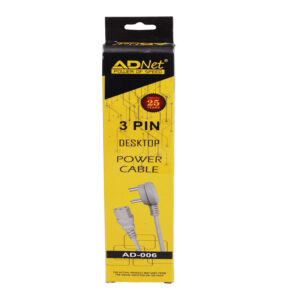 Desktop Power Cable, 3 Pin Type Connector, 1.5M Box Pack, Grey AD-DP-02
Desktop Power Cable, 3 Pin Type Connector, 1.5M Box Pack, Grey AD-DP-02 


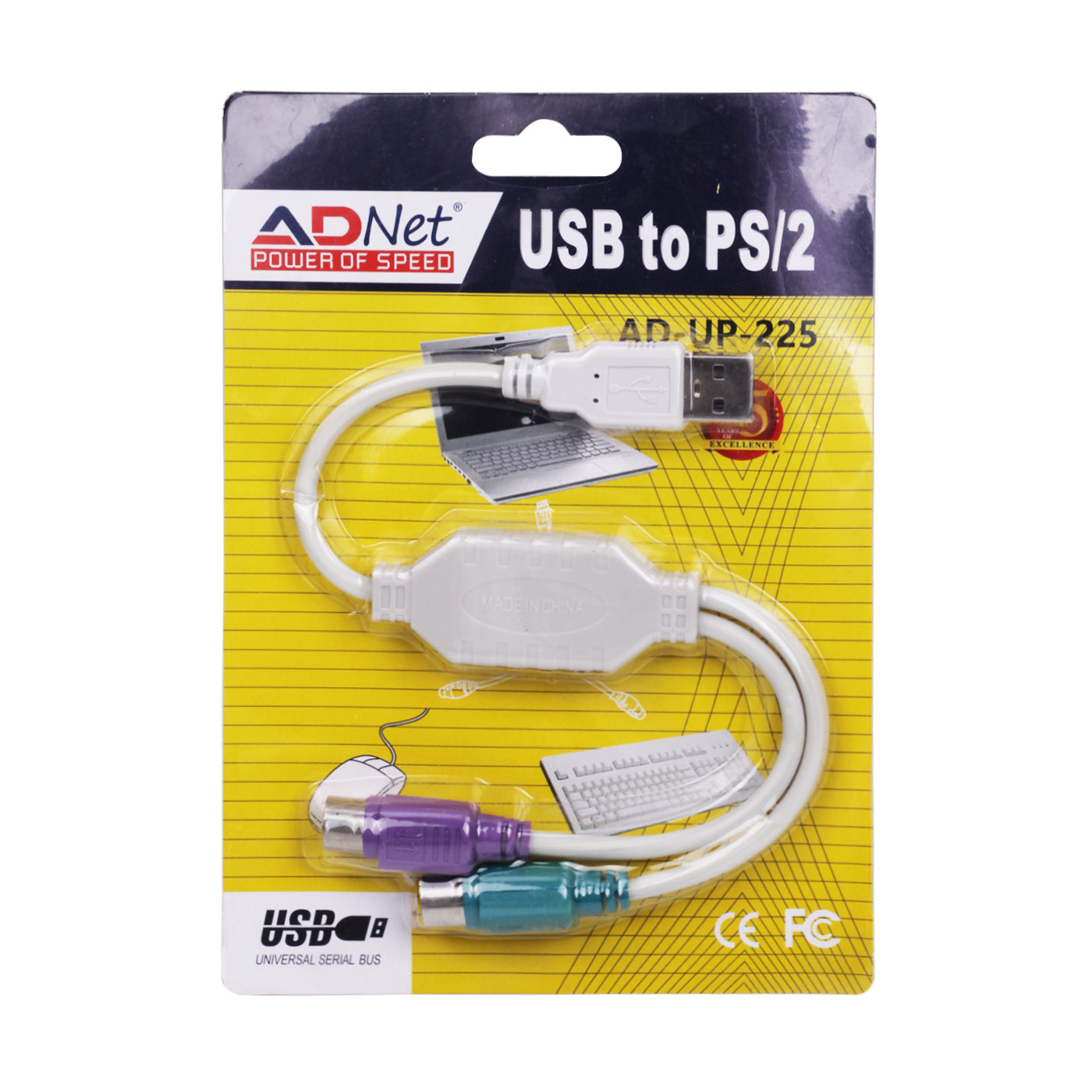




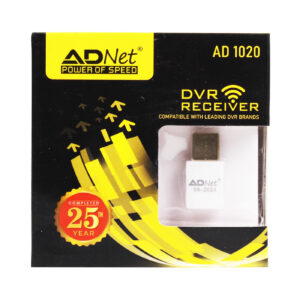

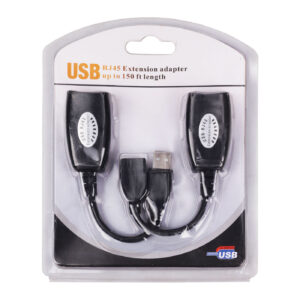
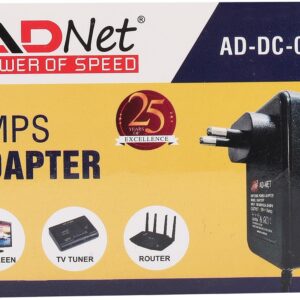
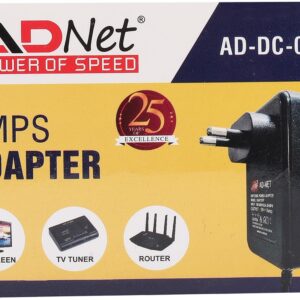

There are no reviews yet.